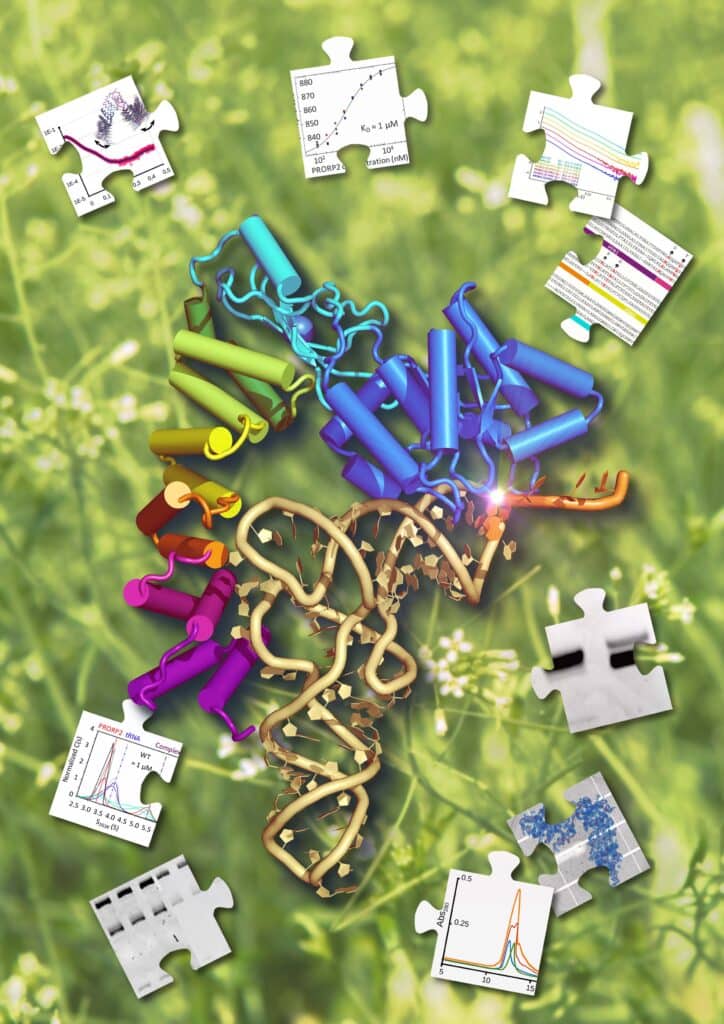Based on a solid knowledge of the central role played by aminoacyl-tRNA synthetases (aaRSs) and transfer RNAs (tRNAs) in living cells, our research focuses on the specificities of the translational machinery in pathogens and on the emergence of deregulations of this machinery in certain human pathologies.
We address the problems of cancers or neurodegenerative diseases by studying the tissue-specific expression of the gene of the human cytoplasmic glycyl-tRNA synthetase. To this end, we focus mainly on post-transcriptional regulatory mechanisms involving alternative 5 ’and 3’ untranslated regions of the concerned mRNA.

We study enzymes and RNAs of the translation machinery in the parasite responsible for human malaria (Plasmodium falciparum) with the aim of increasing the fundamental knowledge about protein synthesis of the pathogen and developing new anti-malarial strategies over time. We have shown that the optimal development of Plasmodium falciparum depends on its ability to import tRNA molecules from infected cells, a host-pathogenic interaction that has never been observed before. This is accomplished via a protein present only in apicomplex plasmidic membranes.
These results open up new prospects for delivering therapeutic agents specifically to the heart of the parasite. The design of these new therapeutic agents will be based on the results obtained by the resolution of the three-dimensional structures of the target proteins.

Characterization of Arabidopsis thaliana PRORP2 : ARNt complex using an integrative structural biology approach
We also characterize various tRNA maturation enzymes, including protein-only RNAse P (PRORP) or CCA-adding enzymes, as well as minimalist tRNAs deviating from the classical clover-leaf structure (mitochondrial tRNAs, tRNA-like mascRNA) using an integrative structural approach.
Methodology : Our work uses classical techniques of molecular and cellular biology and biochemistry. In addition, we use more advanced approaches such as RNA mapping in solution and biophysical techniques for structural biology (crystallogenesis of biomacromolecules, X-ray crystallography, SAXS, DLS, nanoDSF, AUC, MST…).
Our team is a member of the NetRNA consortium in the French program ‘Laboratoires d’Excellence (LabEx) Investissement d’Avenir’.


 Intranet
Intranet Access
Access Contact
Contact

